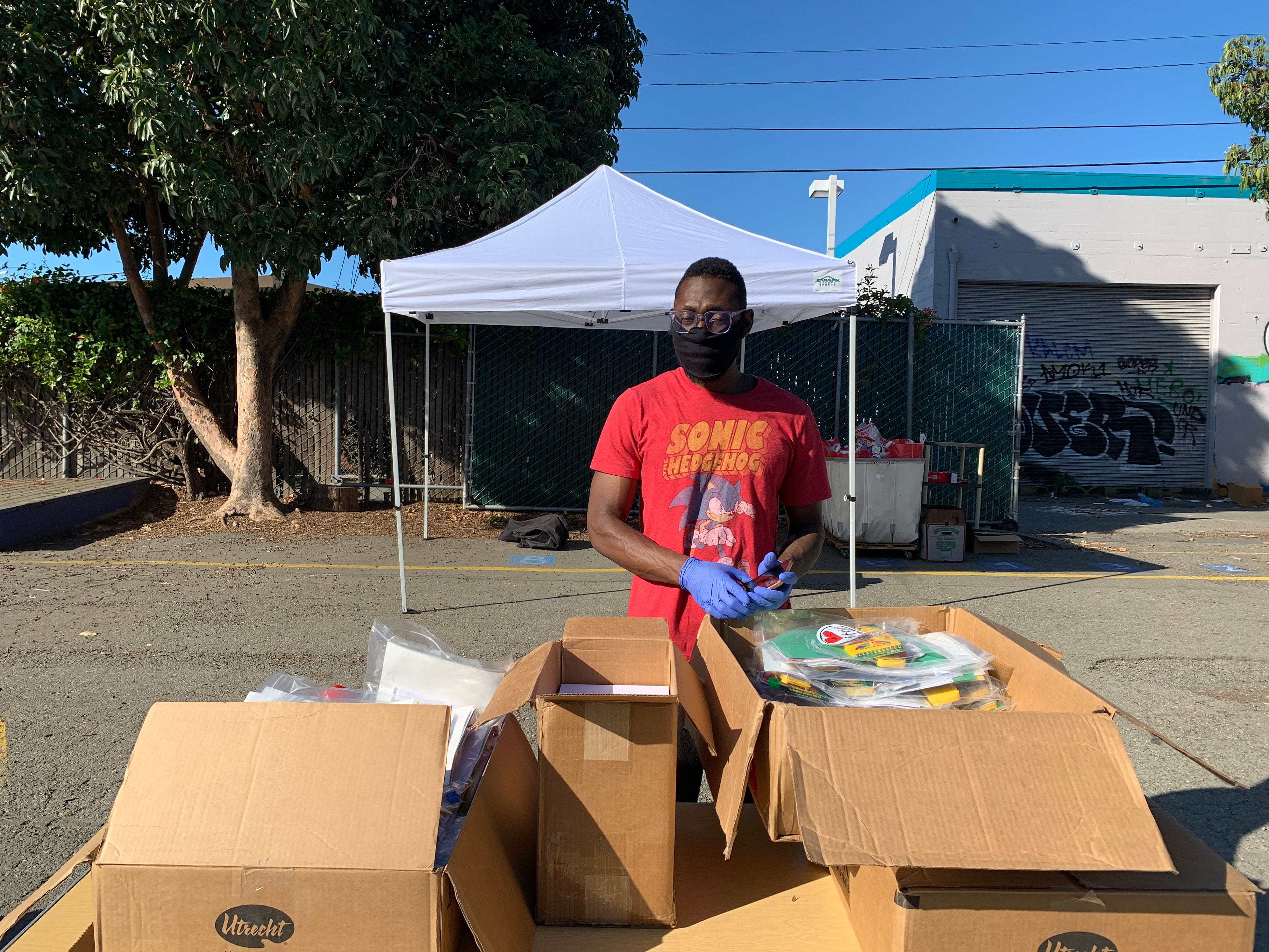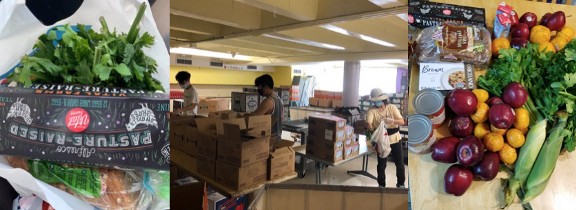The unprecedented interruption of the 2020 school year has laid bare inequities in our system, with one in five California students (over 1 million) lacking either connectivity or a device, a staggering need. The pandemic has forced schools and school districts to make on-the-fly decisions about how to continue instruction and care of students. Some schools lowered expectations for students, ending the year early for the summer or giving every student an A.
Not every school reduced standards and learning, though. There are some success stories emerging during the pandemic, especially among Oakland charter schools. We sat down to hear from leaders at AIMS K-12 College Prep District (AIMS), Community School for Creative Education (CSCE), and BayTech. Here’s what CSCE’s Ida Oberman had to say:
Like schools across the state, CSCE shut down in-person instruction on Friday, March 13 and re-opened for distance learning on Monday, March 16. The school sent packets home to “bootstrap” to the next phase, Oberman said. But the deeper work CSCE staff were engaged in was to connect with all families, especially the more vulnerable, to understand their needs.
That Monday afternoon, a draft inventory had been created and calls and emails started going out to families, “with a very clear set of questions of what they have in place and what they need,” Oberman said. “It wasn’t just technology, it was also food security and space, and safety.”

What became immediately clear, Oberman said, was the great need families were already facing and how gaping the digital divide is, a problem educators and administrators were long aware of but now were forced to take action to remedy.
“Now it was literally a chasm our children were risking falling into before our eyes,” Oberman said.
The CSCE staff worked to get families devices, partnering with TechExchange, and also working with families to help them use the devices and understand their needs and barriers to online learning. Staff also developed hands-on kits for students to use at home: finger paints, knitting, crayons, coloring books — “so our children are able to do what they need to do to build their sense of agency,” Oberman said.
The driveby giveaways of food and supplies revealed another issue: some families were afraid to leave their homes. So CSCE partnered with volunteers from the NUMI Foundation to have food and kits delivered to their homes. “We tried to think of every way that children are not only supported in our distance learning environment, but as a whole child and a whole family.”

There were struggles and ups and downs, naturally, especially when a family member of a student became sick or a family member lost a job. But at the same time, some students showed growth and benefitted from the time outside of the classroom, Oberman said.
“We’ve seen some students are more confident at home,” she said. “We hear from teachers how proud a student is to share their dog, or their dad, and then do the project they’re supposed to in geometry or physics. Some children who are otherwise are marginalized or shut down because they’re afraid, it elevates them because they feel safer. And it’s so important that school be a safe place.”

